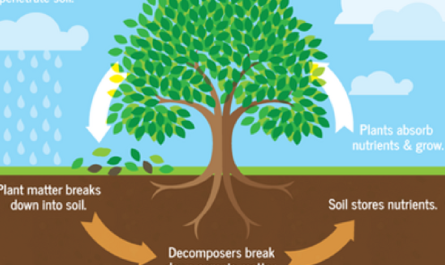Acrylic fibers are artificial fibers made from polyacrylonitrile or modified polyacrylonitrile copolymers. These fibers are commonly known by the generic name acrylic or the trade names Orion and Acrylan. Acrylic fibers gained popularity in the 1950s and have since become the most important man-made fiber second only to polyester in terms of production and usage.
Origin and Manufacturing Process
The basic raw materials used are acrylonitrile monomer and sometimes vinyl acetate monomer. These monomers are polymerized in an aqueous solution and the resulting solution is then extruded or spun into fibers. The fibers are stretched and cured using heat which transforms the copolymer into a durable fiber. Various finishes are also added to improve properties and appearance. Today acrylic fiber is produced both by wet spinning and dry spinning processes in staple fibers or continuous filament form.
Properties and Characteristics
Acrylic fibers possess several properties that have made them indispensable in many applications:
– Softness: Acrylic fibers have a soft feel and drape much like natural wool. This is because of the limited hydrogen bonding between polymer chains compared to other synthetics.
– Washability: Acrylic fibers are highly washable and do not felt or shrink when washed. They retain their shape and color even after multiple machine washes.
– durability: Acrylic fibers are very durable and weather resistant. They do not support combustion and are less prone to fraying and breaking compared to natural fibers.
– Dyeability: Acrylic fibers readily accept dyes chemically and can be dyed in wide ranges of colors that are colorfast.
– Resiliency: Acrylic fibers have good resilience and spring-back properties which allow clothes made from acrylic to retain their shape even after prolonged use and washing.
– Non-allergenic: Acrylic fibers are hypoallergenic and do not cause skin allergies like some natural animal fibers. People with sensitive skin can comfortably wear acrylic fabrics.
– Economics: Acrylic fibers are cost effective as they have lower production costs compared to natural fibers like wool but provide similar softness and drape.
Applications and Uses
Due to their wool-like softness and man-made convenience Acrylic Fibers have found widespread applications across clothing, apparels and home textiles:
Clothing:
– Sweaters, cardigans, shawls and scarves
– Blazers, jackets and coats
– Thermal innerwear
– Socks and tights
– Hats, gloves and accessories
Apparel fabrics:
– Blankets, throws and quilts
– Upholstery fabrics
– Curtains and drapes
– Rugs and carpets
– Towels
Industrial uses:
– Filter fabrics
– Auto and appliance insulation
– Rope and cords
– Brushes
– Geotextiles
Advancements in Acrylic Technologies
Researchers are continuously working on improving acrylic fibers by developing novel polymers and manufacturing processes:
– Micro-crimp fibers: Imparting permanent tiny crimps and bends in acrylic fibers enhances softness, luster and moisture absorption.
– Anti-pilling acrylics: New polymer structures and finishes prevent formation of small fiber balls or pills during washing and abrasion.
– Flame retardant acrylics: Acrylics can be made inherently flame resistant through chemical modification or addition of intumescent agents.
– Stretch acrylics: Elastomeric fibers blended with acrylics allows significant spandex-like stretch and recovery to fabrics.
– Recycling technologies: New techniques recover acrylic from post-consumer waste for reuse in fiber production with minimal quality loss.
With progressing technologies and growing demand, acrylic fibers have become one of the most successful man-made materials ever developed. Their extremely versatility, comfort and care-free maintenance appeal to diverse end uses. Blended with other fibers, new generations of high-performance acrylics will keep expanding applications in textiles and other industries.
Note:
1. Source: Coherent Market Insights, Public sources, Desk research
2. We have leveraged AI tools to mine information and compile it




